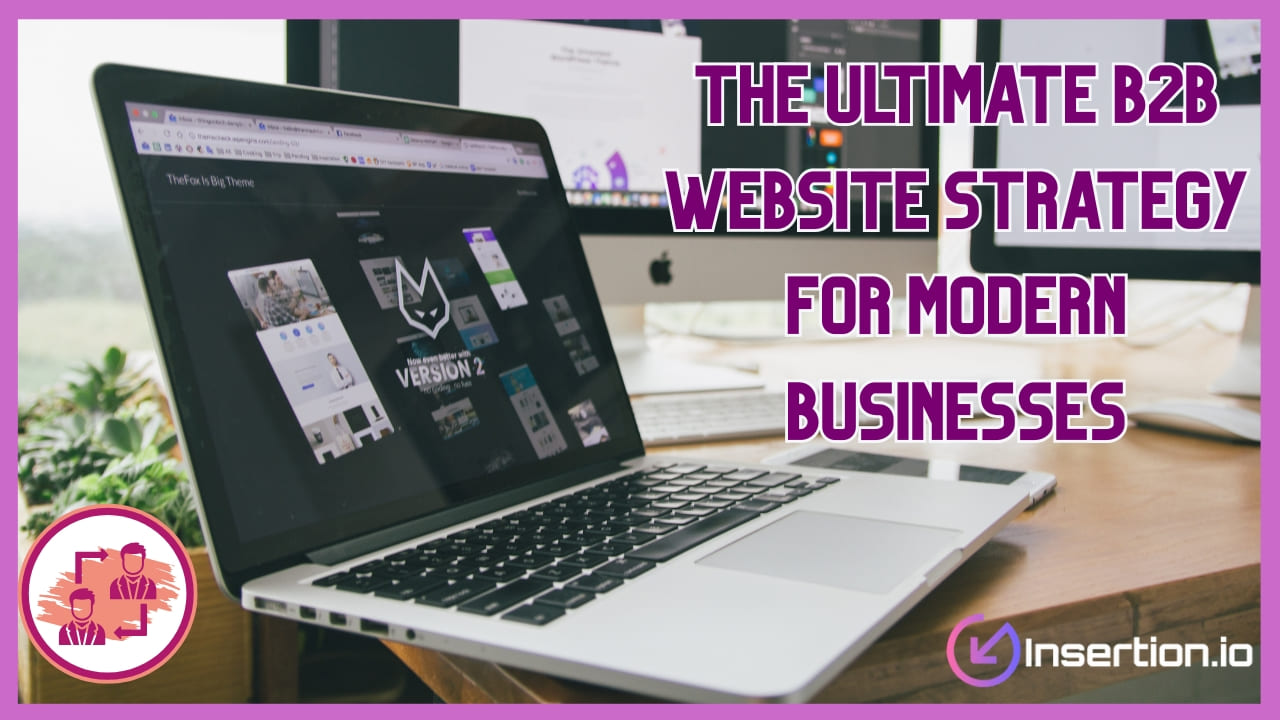
Your website might attract traffic, yet still fail to convert serious buyers into leads. Nearly 75% of visitors leave before interacting, particularly in B2B environments. In the B2B space, buyers demand more in-depth content and trust signals before making a purchase. An effective B2B website strategy ensures that your site addresses key pain points, presents your products or services clearly, and aligns with your business goals.
Moreover, it blends design elements, digital marketing, lead generation, and user experience into a cohesive whole. This article presents a comprehensive guide, case studies, and best practices for building a successful B2B website.
What Makes B2B Website Strategy Unique?
A B2B website strategy is unique because it focuses on attracting and converting business professionals rather than individual consumers. Unlike B2C websites, B2B websites prioritize building trust with potential customers through clear value propositions, social proof, and optimized user experience. The design elements must emphasize lead generation and conversion, helping businesses to conduct transactions efficiently.
A successful B2B website should focus on aligning its content strategy with the buyer’s journey. Since B2B buyers seek detailed information before making decisions, the website must include white papers, case studies, and product or service insights that support informed choices and strengthen credibility.
The Essential Components of a B2B Website Strategy
Brand Value Positioning:
Brand value positioning plays a crucial role in shaping a successful B2B website strategy because it defines how potential customers perceive your business. A B2B website should focus on presenting a clear value proposition that differentiates your products and services from those of your competitors. Moreover, effective B2B website design ensures consistency across visual elements and messaging, strengthening brand recognition. Since B2B buyers seek credibility before making a purchase, showcasing case studies, white papers, and real-world examples helps build trust. Furthermore, an impactful B2B website must effectively communicate its business goals, ensuring that every page reinforces brand authenticity and inspires confidence among business professionals.
Understanding Your Target Market:
A successful B2B website design begins with a clear understanding of your target audience and their pain points. Unlike B2C websites, B2B websites prioritize logic-driven decisions; therefore, the content strategy must effectively address user intent. Furthermore, identifying the needs of business owners, decision-makers, and professionals allows you to optimize communication for relevance. Moreover, analyzing behavioral data such as bounce rate, website traffic, and conversion rate provides actionable insights. Consequently, a well-researched audience profile enables the tailoring of design elements, digital marketing messages, and product or service offerings that directly appeal to potential customers, thereby enhancing lead generation and conversion efforts.
Buyer-Centric Messaging:
Buyer-centric messaging helps B2B websites connect with potential customers through relevant, problem-solving content. Unlike generic approaches, effective B2B website design emphasizes messaging that aligns with the buyer’s journey. Each message must address specific pain points, offering value and reassurance throughout the sales funnel. Additionally, clear communication about how your products and services solve challenges can drive conversions. Including social proof, such as client testimonials or case studies, further strengthens credibility. Hence, creating an optimized website with personalized content helps B2B companies establish authority, improve customer experience, and ensure their website remains a powerful tool for lead generation and business growth.
Use SEO to Your Advantage:
An optimized website that leverages SEO best practices significantly improves visibility and drives qualified leads. B2B websites should prioritize keyword-rich content, responsive design, and fast load times to meet the needs of both search engines and users. Moreover, incorporating blog posts, white papers, and relevant case studies helps boost organic website traffic. Additionally, SEO-friendly web design enhances website effectiveness and ensures higher rankings. Since B2B buyers conduct extensive online research, optimizing meta tags, headings, and visual elements increases engagement. Therefore, combining a strong content strategy with search engine optimization helps businesses generate leads, build trust, and achieve measurable improvements in conversion rate.
Effective Calls to Action:
Calls to action are essential elements of a successful B2B website because they guide visitors toward conversion. Well-placed call-to-action buttons should be clear, visually distinct, and aligned with user intent. Furthermore, each B2B site must include CTAs that encourage users to request a demo, download resources, or contact the sales team. Besides, testing multiple design techniques and messaging styles helps optimize engagement. Moreover, effective B2B websites prioritize CTAs that align with their marketing efforts and the buyer’s stages of the buying process. Henceforth, a strategically designed CTA enhances user experience, reduces bounce rate, and helps B2B companies generate leads while advancing potential customers through the sales funnel.
Keep the Buyer Journey in Mind:
A successful B2B website design must correspondingly align with the buyer’s journey from awareness to decision-making. Each stage requires tailored content, e.g., blog posts for awareness, white papers for consideration, and demos for conversion. Furthermore, incorporating interactive elements and minimalist design helps improve user experience across mobile devices. Since B2B websites focus on building trust, they should include testimonials and social proof to reassure business professionals. Additionally, an optimized website that adapts to user behavior encourages engagement. Therefore, understanding and mapping the buyer’s journey enables B2B companies to drive conversions, strengthen relationships, and ultimately support continuous business growth.
5 Best B2B Website Strategy Examples
1. HubSpot:
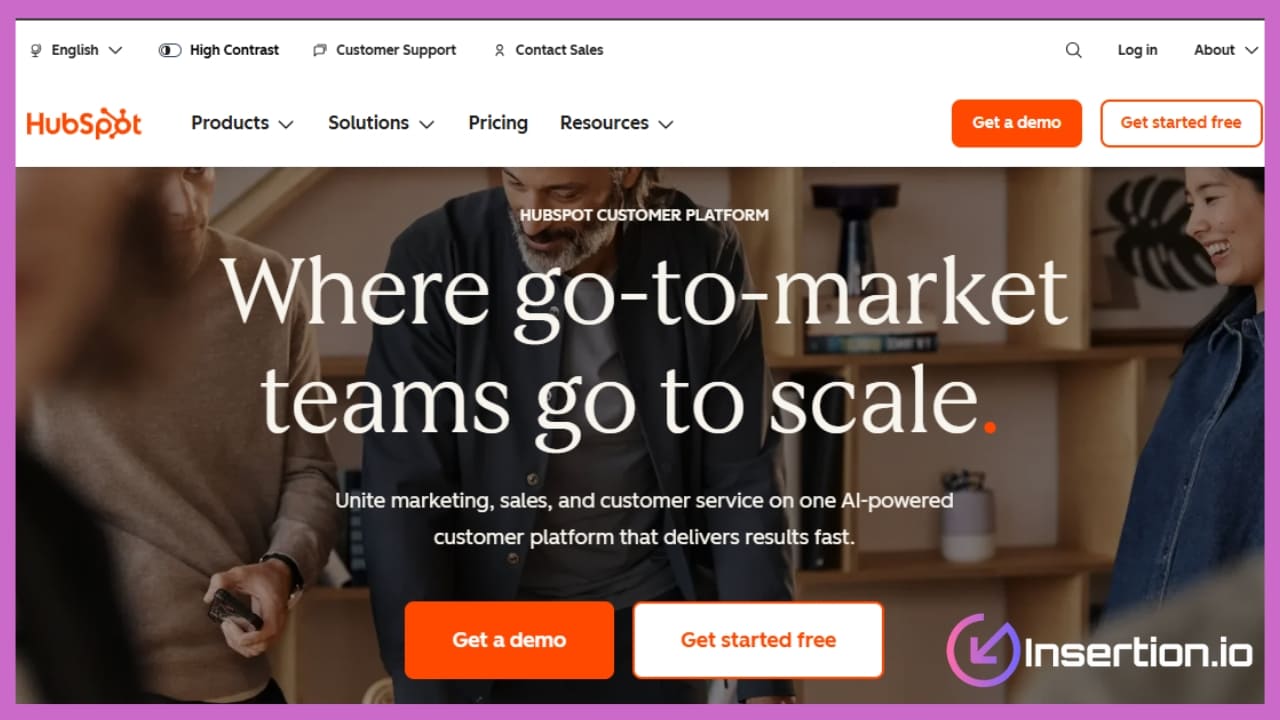
HubSpot demonstrates how effective B2B website design can drive conversions by utilizing educational content and interactive elements. Its website builder, responsive design, and clear value proposition optimize user experience while supporting lead generation. Moreover, HubSpot uses social proof, case studies, and blog posts to build trust with potential customers. Consequently, every page aligns with its content strategy, helping B2B buyers understand products and services while enhancing the overall effectiveness of its digital marketing.
2. Salesforce:
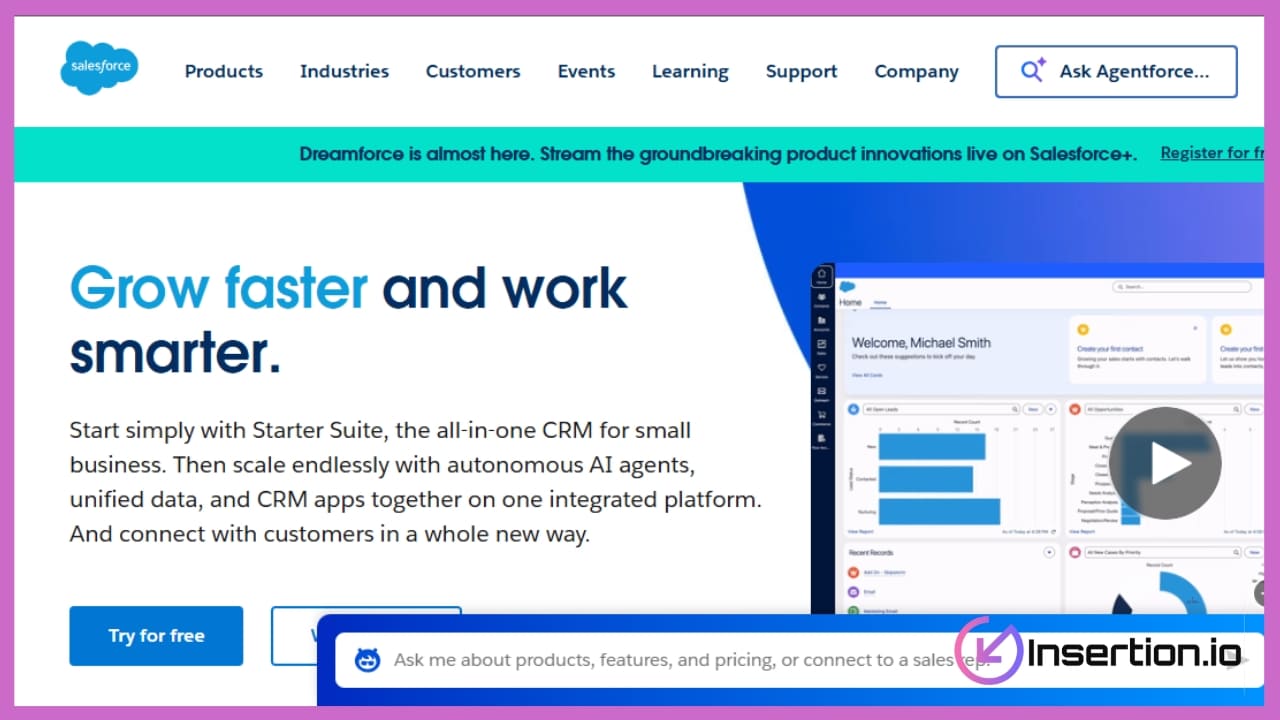
Salesforce sets a great example of an impactful B2B website that combines minimalist design with powerful messaging. The website strategically uses call-to-action buttons to guide potential customers to demos and detailed information about products or services. Furthermore, optimized website speed and responsive design enhance the customer experience across mobile devices. Hence, Salesforce’s B2B website focuses on lead generation and conversion through clear communication, well-structured web design, and persuasive social proof elements.
3. Slack:
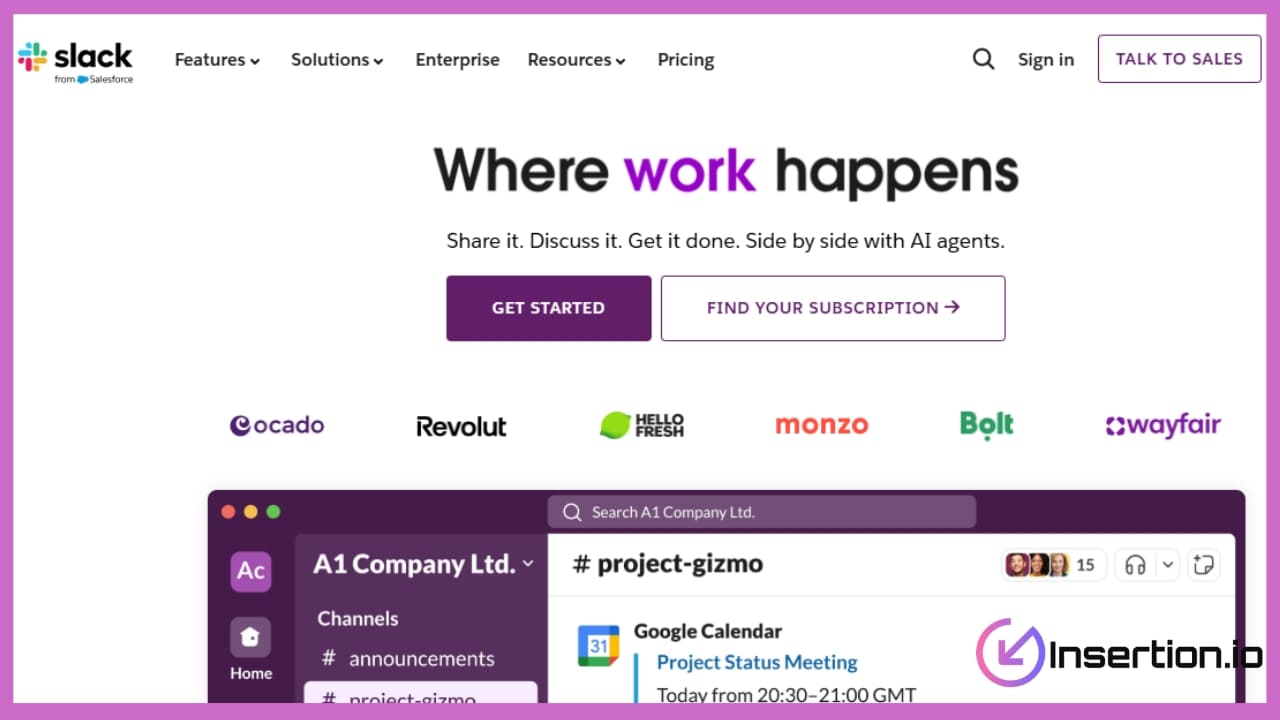
Slack’s successful B2B website emphasizes simplicity, user intent, and design best practices to drive conversions effectively. The homepage utilizes engaging visual elements, concise messaging, and interactive sections that effectively highlight its core business objectives. Additionally, Slack optimizes its website traffic through strategic SEO and compelling content strategy. Moreover, social proof from renowned B2B companies reinforces credibility, while strong CTAs encourage business professionals to request demos and learn more about its B2B SaaS solutions.
4. Evernote:
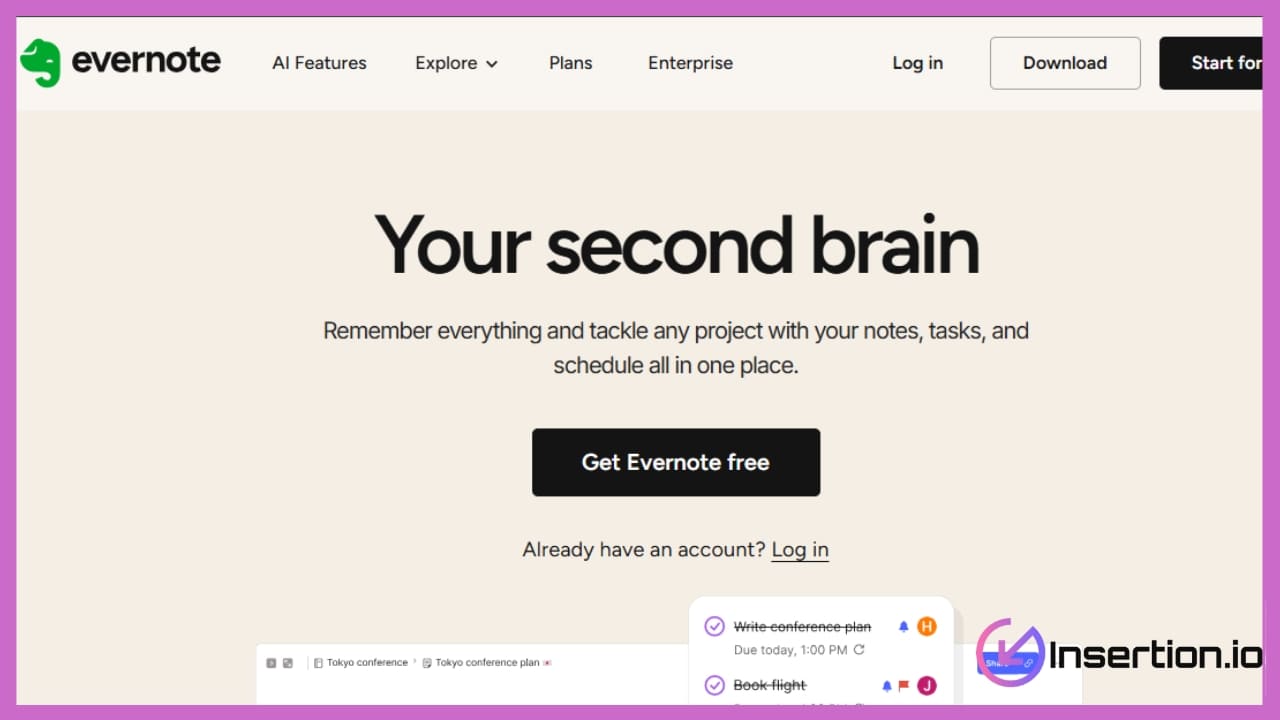
Evernote’s website is a powerful example of how B2B and B2C websites can coexist effectively. Its B2B site design features clear navigation, white space, and optimized page speed to ensure a seamless user experience. Additionally, Evernote focuses on its value proposition, explaining how its products and services solve business pain points. Furthermore, social proof and case studies enhance trust with potential customers, helping generate leads while driving measurable business growth.
5. Dropbox:
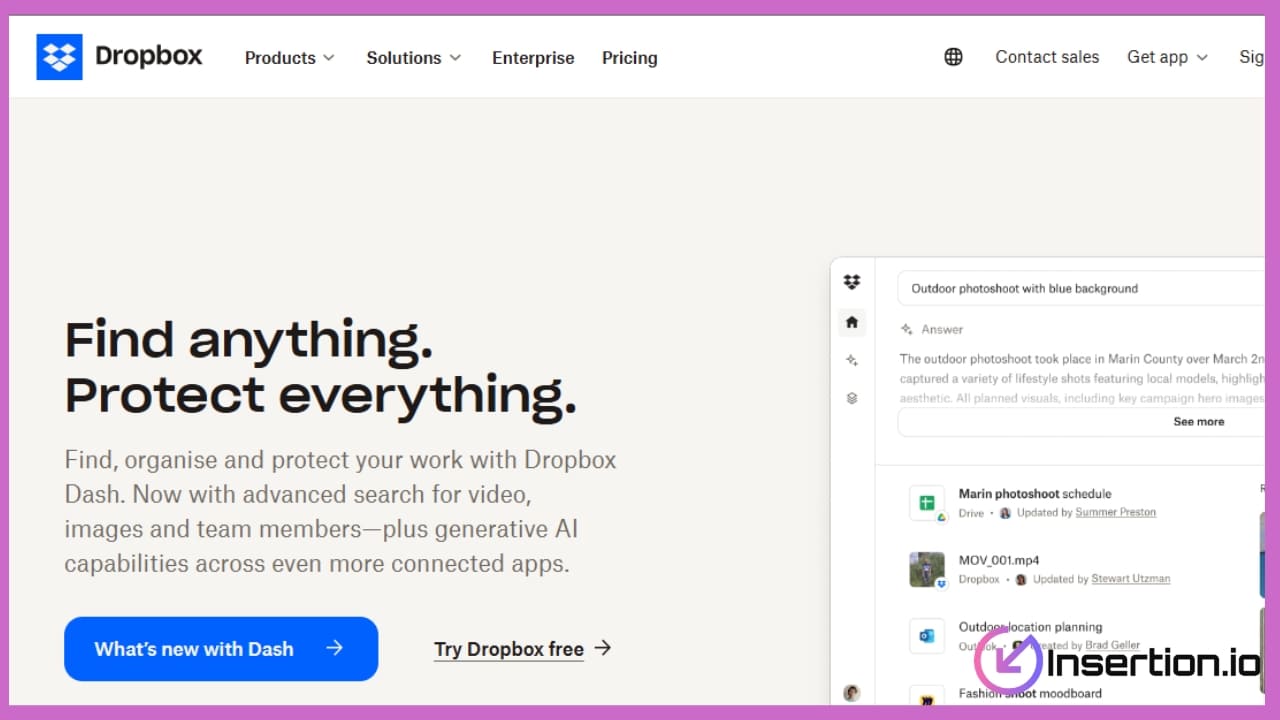
Dropbox exemplifies the elements of a successful B2B website by merging intuitive design elements with persuasive messaging. Its responsive design ensures compatibility across mobile devices, while concise CTAs guide users toward demos and trials. Additionally, Dropbox’s content strategy highlights business benefits through blog posts, white papers, and customer testimonials. Consequently, the website’s optimized load time, clear communication, and strong visual hierarchy help B2B companies improve website effectiveness and drive conversions successfully.
How & When to Implement Your B2B Website Strategy
Implementing a B2B website strategy requires careful timing and structured execution to achieve measurable results. Initially, B2B companies must identify their business goals, target audience, and unique value proposition before launching their products or services. Furthermore, creating an optimized website that aligns with user intent and enhances customer experience is essential for success. Additionally, the implementation phase should include responsive design, clear call-to-action buttons, and social proof to build trust with potential customers.
During website development, focusing on lead generation and conversion ensures a successful B2B website that can drive measurable growth. Moreover, integrating digital marketing efforts such as SEO, blog posts, and white papers strengthens online presence and improves website traffic. Comparatively, a website redesign may be required when conversion rates or bounce rates indicate performance gaps. Therefore, B2B websites should focus on real-world examples, responsive web design, and continuous optimization to improve website effectiveness and support business growth.
Conclusion
A modern B2B website should serve as a powerful lead engine rather than a simple brochure. To succeed, you must balance conversion rate optimization, content strategy, design best practices, and B2B SEO. By implementing responsive design, social proof, clear CTAs, and value messaging, you will build trust with potential customers. Then, monitor bounce rate, page speed, and user experience continually to refine performance. When your site aligns with buyer intent and delivers meaningful insights, it becomes a strategic asset. Are you ready to reimagine your B2B website and drive measurable growth?
FAQs
What makes a B2B website successful?
A successful B2B website delivers clarity, builds trust, and drives qualified leads through optimized design, messaging, and content that solves customer problems.
How often should a B2B website be updated?
Ideally, review and update your website every 6–12 months to refresh design elements, optimize SEO, and reflect new business goals or services.
What are common mistakes in B2B website design?
Common mistakes include unclear CTAs, cluttered navigation, slow-loading pages, a poor mobile experience, and a lack of credibility elements such as case studies or testimonials.
How important is SEO for a B2B website?
SEO is vital—it ensures your business ranks for relevant search terms, increases organic traffic, and reaches decision-makers at every stage of their buying journey.
What role does UX play in B2B website strategy?
User experience (UX) impacts engagement and conversions. A clean layout, intuitive navigation, and fast loading speed enable users to quickly find what they need.


Leave a Comment